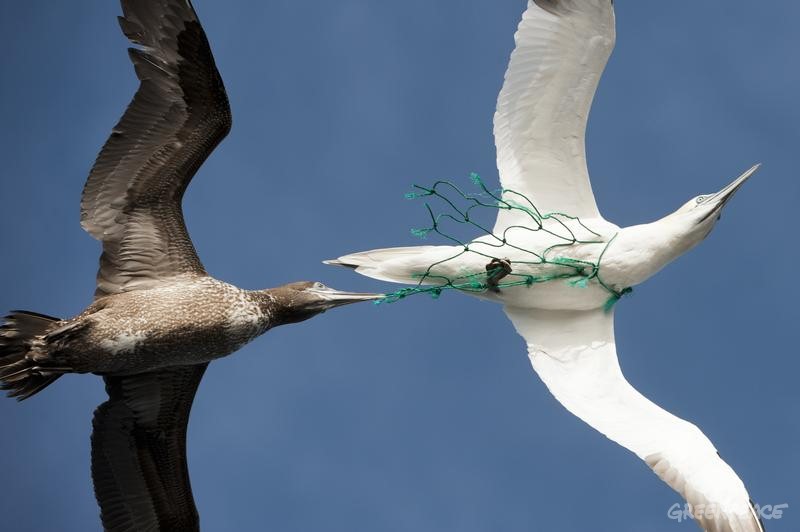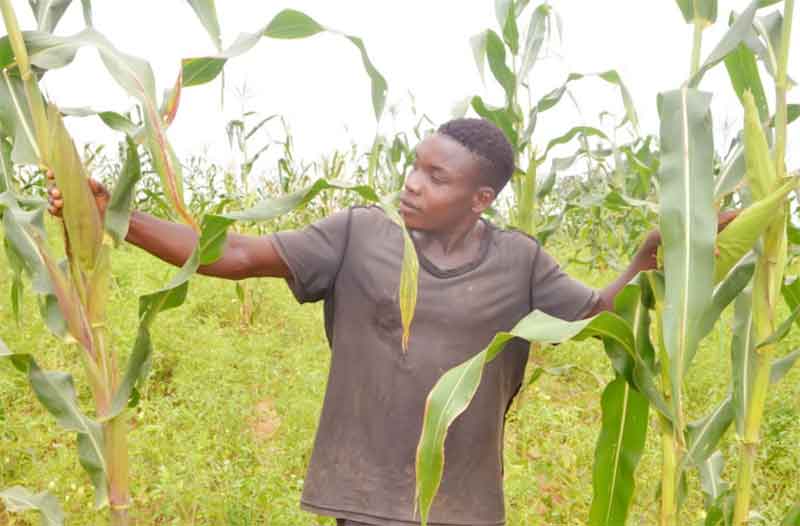
As birds become fewer, wildflowers vanish, butterflies disappear, and animals in the wild are threatened, extinction and a grim future haunts. How often does Rumi write about birdsong … there is a reason. Nature revives the spirit.
World Environment Day has come and gone. It was June 5th. A UN outreach program hosted by a different country each year, it is designed to draw attention to the country’s environmental challenges and to offer it support. This year the host is India and the theme is beating plastic pollution. But plastics are not just a blight on the landscape, they are in the seas destroying coral and the species it shelters, painfully killing whales and other creatures … including birds.
Yet, it is far from the only cause of bird distress and their sharply declining numbers. One example comes from the Arctic, where receding ice has taken with it the nutritious cod, which favor cold waters, and has endangered the black guillemot now forced to feed chicks on the bony and difficult-to-digest fourhorn sculpin.
When the EU commissioned a State of Nature report, they expected bad news but not quite as dire a result. Prepared by the European Environment Agency and sourced from EU-wide data, it found one in three bird species threatened and only a little over half secure. It also drew a bleak picture of European habitats finding over half of those studied to be unfavorable. Habitat loss, pesticides particularly neonicotinoids, even excessive hunting, notably in southern Europe, are all to blame.
Earlier, a comprehensive study conducted by University of Exeter (UK) professor Richard Inger and colleagues had analyzed avian biomass across 25 countries over 30 years. Using data from Birdlife International and the Pan-European Common Bird Monitoring Scheme, they discovered a surprisingly large and troubling loss: from 1980 to 2009 the estimated total avian population had declined by 421 million birds.
Meanwhile, new research in the US with far-reaching consequences places blame squarely on human action. It examines avian consequences of noise pollution. If certain constant noises irritate us — think of road repair and a pneumatic drill — then birds are no exception. Noise from oil and gas operations is stressing out birds and harming reproduction. They exhibit signs of chronic stress, lay fewer eggs or fewer eggs hatch, and nestling growth is stunted.
So reports a study by Nathan Kleist and colleagues in the Proceedings of the National Academy of Sciences (unfortunately not available to the general public without a fee). The authors study three species of cavity nesting birds (the ash-throated flycatcher, the mountain bluebird and the western bluebird) breeding near oil and gas operations — located on Bureau of Land Management property in New Mexico’s San Juan Basin .
The researchers placed 240 nest boxes on 12 pairs of sites, close to and at varying distances from the drilling pads where loud compressors operated non-stop. The team took blood samples of adult females and nestlings from all the nest boxes for three years. They examined nestling body size and feather length and found them to be less well developed in both noisy and lower noise areas, suggesting any level of irritating noise is disruptive.
Baseline levels of a key stress hormone, corticosterone, showed high stress in birds nesting closest to the noise. In addition, when subjected to a test of being held for 10 minutes, nestlings in noisy areas produced significantly greater stress hormones than those in quiet areas.
It also turned out that the western bluebird was the only species willing to nest in the sites closest to the compressors. Such behavior had cultivated a belief it was immune to noise. Not so, the study results revealed.
That environmental stress is increased by noise pollution, and that it degrades avian reproductive success is thus the conclusive message of this study. With background noise constantly increasing in the US, even protected areas are no longer immune. On the face of it, there is also the distinct possibility other species could also be affected.
If the anthropocene is our age, it is also our look in the mirror to see what the human footprint has wrought, even if unwittingly. Global warming, extreme weather events becoming more severe, plastic pollution and stressed wildlife, record extinctions, insect declines … all appear to be portents of an impaired future warning humans repeatedly of urgency. The sixth mass extinction is underway but it will take centuries if not thousands of years, and man can help by alleviating global warming and increasing preservation efforts. Clearly related to CO2 levels, global warming has been the culprit in the previous five. CO2 levels are already in excess of 0.04 percent perilously close to the 0.05 percent calculated to melt icecaps through temperature rise causing serious flooding of coastal areas.
Are leaders and decision-makers listening?
Authors note: This article appeared originally on Counterpunch.org
Dr Arshad M Khan (http://ofthisandthat.org/index.html) is a former Professor based in the U.S. whose comments over several decades have appeared in a wide-ranging array of print and internet media. His work has been quoted in the U.S. Congress and published in the Congressional Record.









































